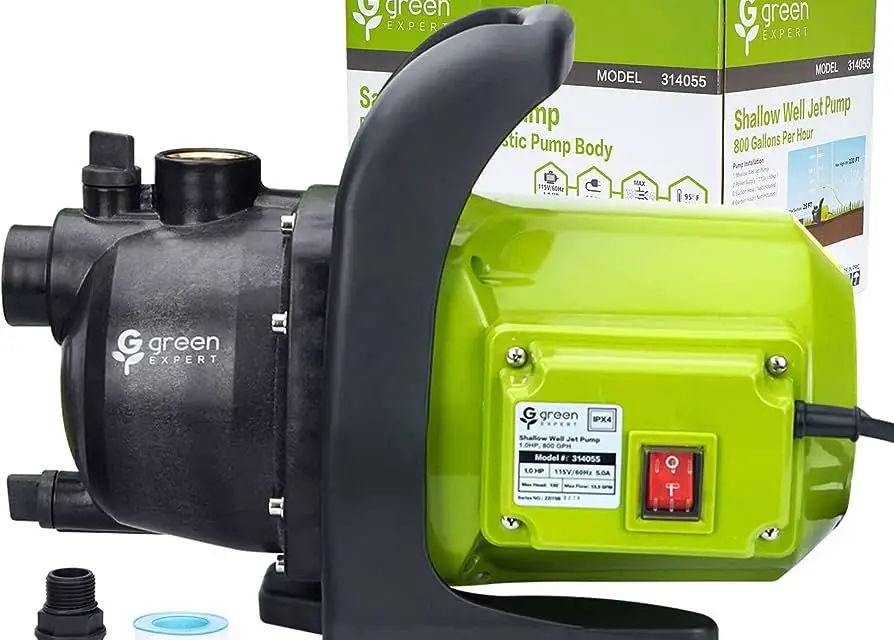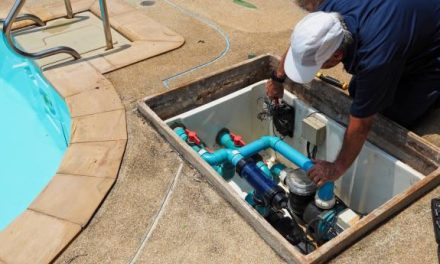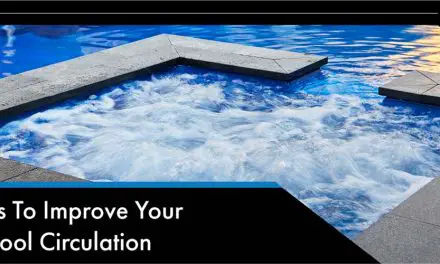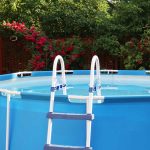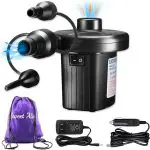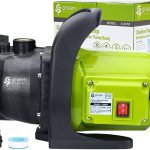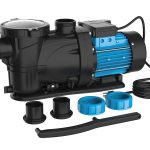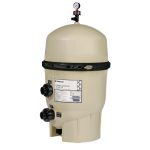To increase pool pump pressure, start by checking for clogged pump or skimmer baskets and cleaning them out. This is the most common cause of low pressure and an easy fix.
Additionally, make sure there are no obstructions or restrictions in the water flow into the pump. When pressure is lower than normal, it indicates a flow problem, often caused by blockages. It’s important to address these issues to ensure proper water circulation and optimal pump performance.
Proper maintenance and regular cleaning of the pump and filtration system can help maintain adequate pressure and keep your pool running smoothly.
1. Check For Clogs
To increase pool pump pressure, the first thing you should check for is clogs. Start by removing any debris from the skimmer basket to ensure proper water flow. Next, clean out the pump basket, as a buildup of leaves or other debris can restrict the flow of water.
Finally, clear any obstructions in the filter to allow water to pass through more easily. By following these steps, you can improve the pressure of your pool pump and ensure that your pool is running efficiently. Remember to regularly check for and remove any clogs to maintain optimal pump performance.
2. Adjust The Valve Settings
To increase pool pump pressure, one important step is to adjust the valve settings. This involves balancing the water flow between the skimmers and main drains. By ensuring that the valve positions are correct, you can achieve optimal pressure for your pool pump.
Proper valve adjustments help to regulate the water flow and maintain an efficient pumping system. This is crucial for maintaining clean and clear pool water. By following these guidelines, you can effectively increase the pressure of your pool pump and ensure that it is working at its best capacity.
3. Inspect And Clean The Impeller
To increase the pool pump pressure, one important step is to inspect and clean the impeller. Start by removing the pump cover to access the impeller. Once the cover is off, carefully clean any debris that may have accumulated on the impeller blades.
Make sure to remove all the dirt and debris to ensure proper functioning. After cleaning, reassemble the pump by putting the cover back on securely. This will help to improve the pump’s efficiency and increase the pressure in your pool.
Regularly inspecting and cleaning the impeller is crucial for maintaining optimal pump performance.
4. Backwash The Filter
To increase pool pump pressure, one of the steps you can take is to backwash the filter. Backwashing involves reversing the water flow to remove debris and clean the filter. It is important to determine the appropriate backwashing duration based on the manufacturer’s instructions.
Following these instructions will ensure that you backwash the filter effectively. After backwashing, it is recommended to rinse the filter to remove any remaining debris. This process will help increase the pressure of your pool pump, ensuring proper circulation and filtration of the pool water.
5. Monitor The Water Level
Low water levels can have a significant impact on the pressure of your pool pump. When the water level is low, it creates resistance and reduces the pump’s efficiency. To maintain proper pump pressure, it is crucial to monitor and maintain the pool water at the appropriate level.
Regularly check the water level and add water as needed to ensure it is within the recommended range. This will help optimize the pump’s performance and ensure that it can effectively circulate and filter the pool water. Remember, maintaining the correct water level is a simple yet essential step in increasing pool pump pressure.
6. Check For Leaks
To increase pool pump pressure, it is essential to check for leaks. Inspect all connections and seals thoroughly to identify any leaks. Once leaks are detected, repair or replace the faulty components immediately. Leaks can cause a drop in pressure, impacting the pump’s performance.
By addressing leaks promptly, you can ensure optimal pump pressure and efficient circulation of water in the pool. Regular maintenance and inspection of the pool pump system are crucial to prevent leaks and maintain proper pressure levels. Remember to monitor the pump and its connections periodically to catch any leaks early on and address them promptly for optimal pool performance.
7. Clean Or Replace The Filter
To increase pool pump pressure, an important step is to clean or replace the filter. This involves removing and cleaning the filter cartridge or backwashing the sand filter. If the filter media is dirty or worn out, it may need to be replaced to improve pump pressure.
Maintaining a clean and efficient filter is crucial for proper water circulation and effective pool pump operation. Regular filter maintenance ensures that debris and contaminants are removed from the water, allowing the pump to work at optimal pressure. By following these steps, pool owners can effectively increase pump pressure and ensure clean and clear pool water.
8. Increase Pump Speed
To increase pool pump pressure, you can start by adjusting the pump speed settings. Check the pump’s manual for specific instructions on how to do this properly. Increasing the pump speed will help increase the water flow, resulting in higher pressure.
It’s important to refer to the manual to avoid any damage to the pump or related equipment. By following the instructions provided, you can effectively increase the pool pump pressure and optimize the water circulation in your pool. Remember to monitor the pressure levels regularly and make any necessary adjustments to maintain the ideal flow rate.
9. Inspect The Suction Lines
Inspecting the suction lines is crucial when trying to increase pool pump pressure. You should check for any blockages or restrictions in the suction lines that may be hindering the flow of water. If you find any debris or obstructions, make sure to clear them out to improve water circulation.
This will help increase the overall pressure of the pool pump and ensure optimal performance. By regularly inspecting and maintaining the suction lines, you can prevent any potential issues and keep your pool pump operating efficiently.
10. Consult A Professional
If all else fails, considering reaching out to a pool professional is a wise decision. These experts have the knowledge and experience to diagnose and resolve any underlying issues that may be affecting pump pressure. By consulting a professional, you can ensure that you are taking the right steps to increase pool pump pressure effectively and efficiently.
They will be able to provide valuable insights and recommendations specific to your pool system, saving you time and frustration. So, don’t hesitate to seek their assistance if you’ve exhausted all other options. A professional’s expertise can make a significant difference in resolving pool pump pressure problems.
Frequently Asked Questions Of How To Increase Pool Pump Pressure?
How Do I Fix Low Pressure On My Pool Pump?
To fix low pressure on your pool pump, first, check for clogged pump and skimmer baskets. Clean them to restore water flow.
Why Is My Pool Pump Pressure Low?
Low pool pump pressure is typically caused by a flow problem, often due to a blockage or restriction in the water flow into the pump. The issue is not typically found after the pump, as obstructions result in higher pressure.
Clean out the pump or skimmer baskets to restore water flow and resolve the problem.
How Do You Repressurise A Pool Pump?
To repressurize a pool pump, clean out the pump or skimmer baskets to restore water flow.
Conclusion
Having the proper pool pump pressure is vital for the efficient circulation and filtration of your pool water. If you’re experiencing low pool pump pressure, there are several troubleshooting steps you can take to increase it. Firstly, check for any clogs or debris in the pump or skimmer baskets, as these are often the culprit behind low pressure issues.
Cleaning them out can restore the flow of water and improve pump pressure. Additionally, ensure that your pool’s water level is at the appropriate level, as low water levels can also cause reduced pressure. If these steps don’t solve the problem, you may want to consult a professional for further assistance.
Remember, maintaining optimal pool pump pressure is essential for clean and healthy pool water, so it’s worth taking the time to address any low pressure issues promptly.

